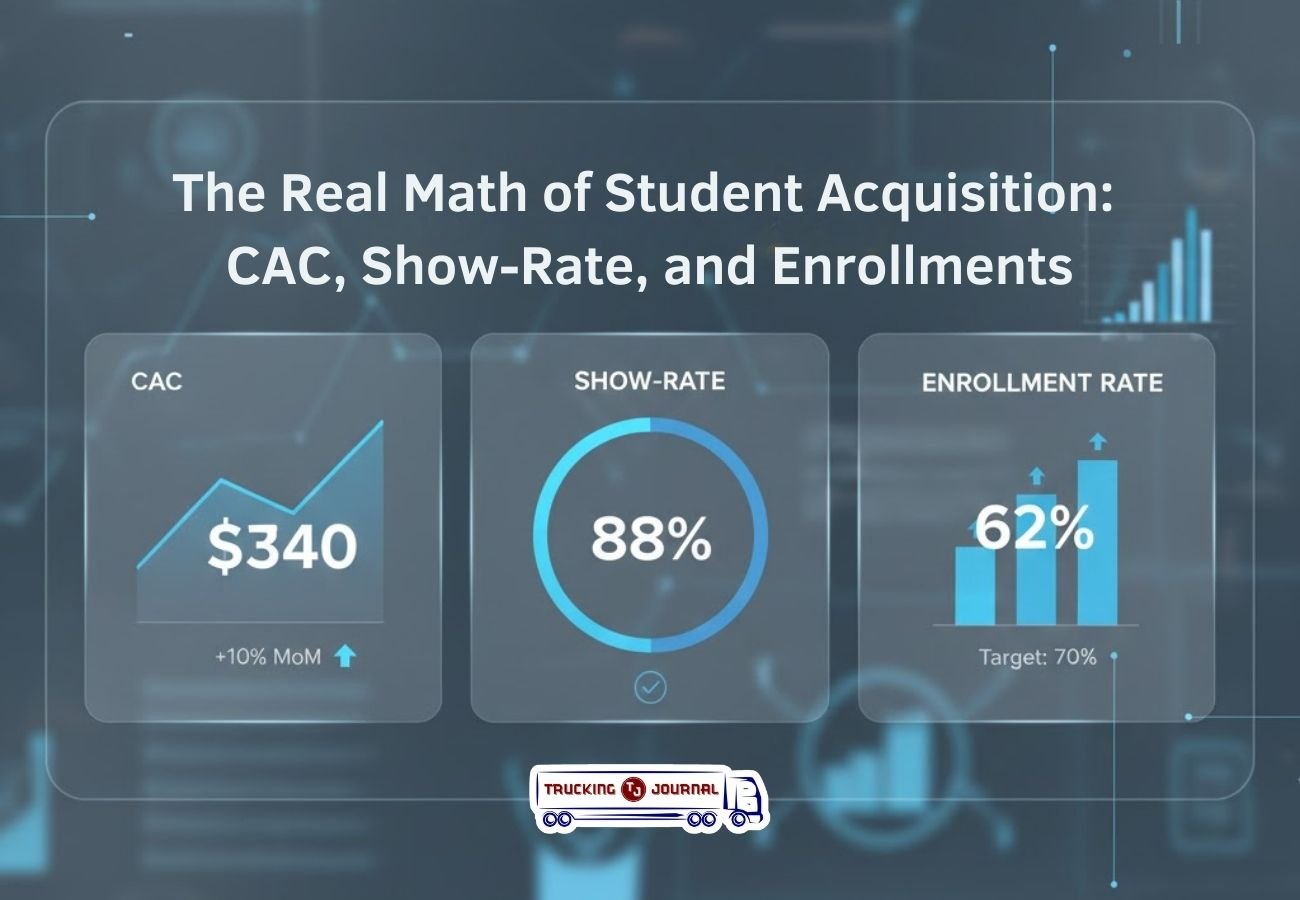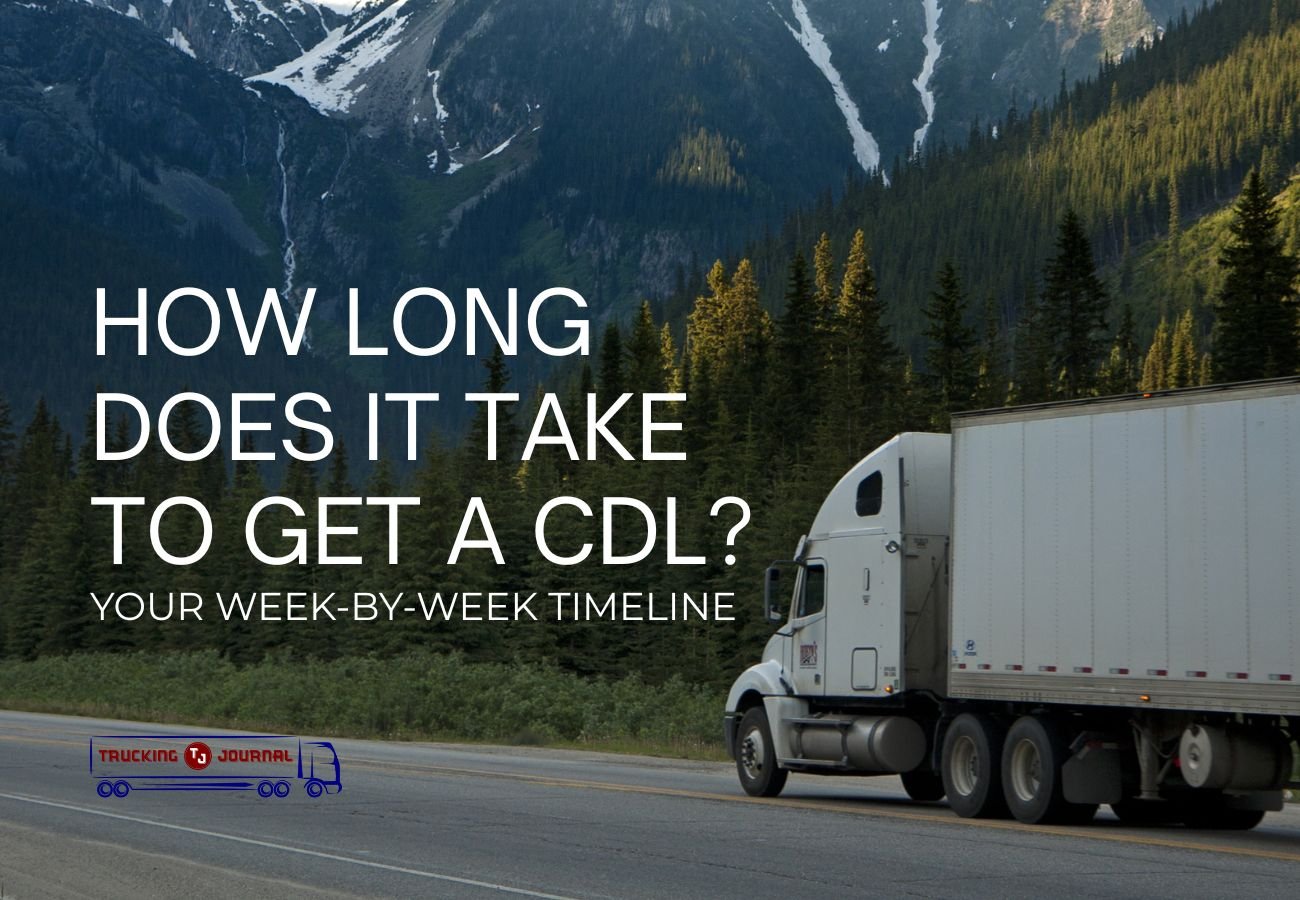
The trucking industry has been a pillar of the American economy since its inception. For decades, it has provided an essential service that keeps the nation’s goods and services moving. Unfortunately, in recent years, trucking has been in decline due to rising fuel costs, labor shortages, and other economic pressures. But all is not lost. As technology advances, the trucking industry is entering a new era of efficiency and sustainability. From connected vehicles to artificial intelligence solutions, the changing face of trucking promises to revolutionize how goods are transported in this country. In this blog post, we’ll be exploring the ways in which trucking is adapting to a digital-first world and how these changes will benefit the industry and its stakeholders. So strap in and get ready to learn more about the changing face of trucking.
The first major shift in the trucking industry has been toward connectivity. Companies are now investing heavily in technologies such as GPS, telematics systems, and advanced it’s no secret that the trucking industry is under increasing pressure. With rising fuel costs and driver shortages becoming more prevalent, companies are looking to find ways to remain competitive. This means taking advantage of new technologies in order to become more efficient and reduce costs. From connected vehicles to the use of artificial intelligence (AI) solutions, the trucking industry is undergoing a digital transformation.
Connected vehicles are now providing unprecedented levels of visibility and control over the transportation process. By using sensors, cameras, and other technologies, companies are able to monitor their fleets in real-time and make informed decisions about route optimization, fuel efficiency, and safety. This level of connectedness also allows companies to make better use of their existing resources, reducing costs and improving operational efficiency.
In addition to connected vehicles, companies are also exploring the use of AI solutions in order to further optimize operations. From predictive maintenance technology to automated routing systems, AI is giving trucking companies access to powerful insights that can help them remain competitive. By using AI to make data-driven decisions, companies can reduce operational costs and increase efficiency.
Finally, the trucking industry is also looking to become more sustainable through the use of alternative fuel sources. Companies are now investing in electric vehicles, hydrogen-powered trucks, and other green technologies in order to reduce their environmental impact. This shift towards sustainability is helping to make the trucking industry more attractive to new customers, as well as helping companies reduce their carbon footprint.
Overall, the changing face of trucking is leading to an industry that is more connected, efficient, and sustainable. By taking advantage of these technological advancements and focusing on sustainability, the trucking industry can remain competitive in a digital-first world.
From connected vehicles to AI solutions, the trucking industry is undergoing a digital transformation that promises to revolutionize how goods are transported in this country. In this blog post, we’ve explored some of the ways in which trucking is adapting to a digital-first world and how these changes will benefit the industry and its stakeholders. With the right strategies and technologies in place, the trucking industry can remain competitive for years to come.


